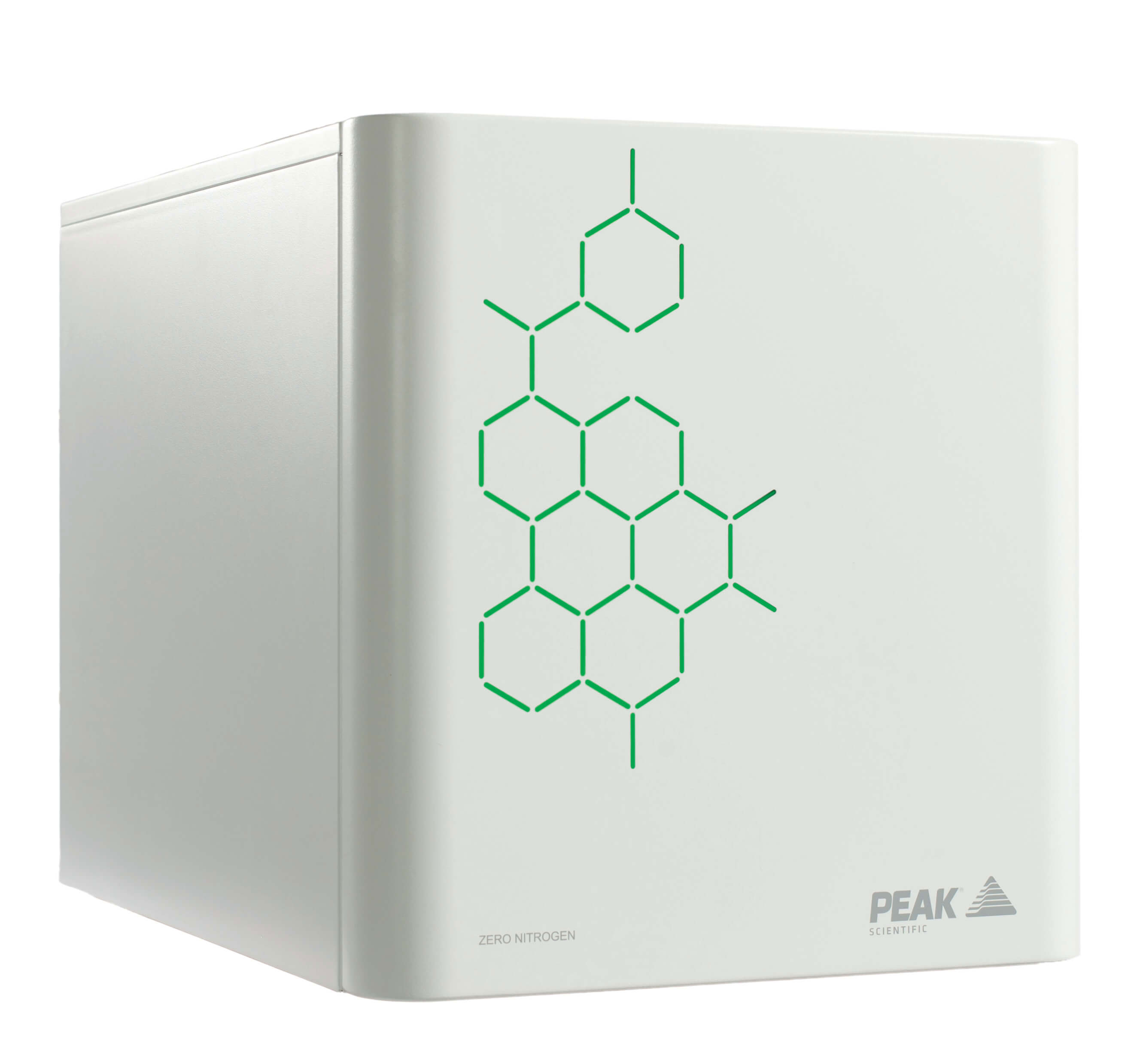A third solution for GC carrier gas
For GC carrier gas it has long been assumed that there are only two viable options, helium or hydrogen. In recent times, however, there has been more and more evidence revealing the proficiency of nitrogen as a suitable carrier gas for GC.
This may seem as further muddying of the water when it comes to selecting a carrier gas which will sufficiently allow labs to perform with the accuracy they require and looking after their designated budget.
Lab managers need not worry, however, as there are only a few considerations required to make an informed decision on what the most effective carrier gas is for their lab. These can be categorized into two main groups, functional considerations and cost considerations.

Functional considerations are how effective these gases are at delivering the purity and velocity required for a lab’s analytical application and method. Recent studies have shown that by reducing both GC column length and diameter almost identical results can be achieved with nitrogen that can be achieved with helium1,2. If analysis can be done in the same time using nitrogen in place of helium, with only a change of column what is the catch? The only potential negative is that the limit of detection (LOD) tends to be reduced in the converted method using nitrogen because of the use of a narrower column restricting the amount of sample that can be loaded onto the column. Therefore trace analysis may not always be possible using this conversion.
For those labs that can make this relatively simple method change, there are a number of potential financial benefits that are offset by only the price of a new column. Nitrogen, unlike helium, can be produced on-site using a gas generator. This reduces the number of deliveries to the lab, protects laboratory budgets from market-driven helium commodity costs and provides a safer alternative to cylinder gas. A gas generator also provides a more consistent gas supply where cylinder gas will give diminishing purity as the cylinder nears the end of its capacity.